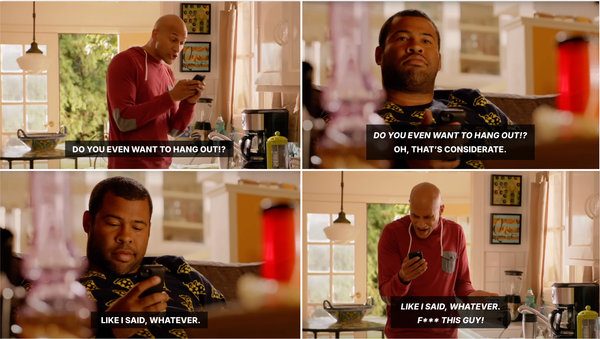Planning in a World of Constant Change: Build for Agility, not Certainty

By: Maureen Link Kendra Siebert
Death, taxes and annual planning: the only certainties in life.
The traditional approach to annual planning—rigid roadmaps and fixed milestones—doesn’t hold up in a world where market dynamics, customer needs, and technology are rapidly evolving.
So what’s the solution? In a world that doesn’t sit still, your plan shouldn’t either. Build a foundation that embraces change—and you won’t just survive the future. You’ll lead it.
Check out our 3 recommendations and tactical tips on how to build for agility, not certainty.
Flexibility from the start
Agility goes out the window if everything was approved 6 months in the past. Starting from a firm and flex mindset (and approving the plan that backs it up) sets teams up for future flexibility.
In Practice:
- Experiment with what is ‘locked’ during your annual planning session and what isn’t. Challenge contracts to allow changes to specifics like channel strategies and spend allocations.
- Set aside a flex fund—we recommend starting with 10-15% of budget—for real-time opportunities and create lightweight change request processes so teams can adjust plans without waiting for the next annual cycle.
Expect Change is the Standard, Not the Exception
The plan will only be as successful as the processes that deploy it along the way. Organizations adopting agile methodologies experience a 25% reduction in time-to-market and significantly more collaboration (reported by 59%).
In Practice:
- Equip teams with tools to execute smoothly when disruptions occur—like Mastercard, which rewired itself for "infinite optionality" through modular systems.
- Build change into your process by including pivot gates in your annual calendar, replacing annual goals with rolling plans and quarterly reviews, and crafting OKRs for reassessment and redirection.
- Replace static annual goals with rolling plans, quarterly reviews, and OKRs that allow reassessment and redirection.
Empower. Your. Teams.
Only 31% of employees are engaged worldwide. Woof.
But that engaged subset is 23% more profitable and has a 22% higher organizational citizenship (participation) according to Gallup.
In Practice:
- Design Real Teams (clear team definitions, a shared understanding of purpose, and diversity of skills, mindsets and backgrounds) equipped to move fast, experiment often, and adapt easily.
- Decentralize decision-making and provide teams with the context and autonomy they need to act confidently.
The truth is, not everything can be planned upfront—and that's precisely the point. By building systems that can not only expect but also accommodate change, organizations position themselves to thrive in uncertainty rather than merely survive it.





